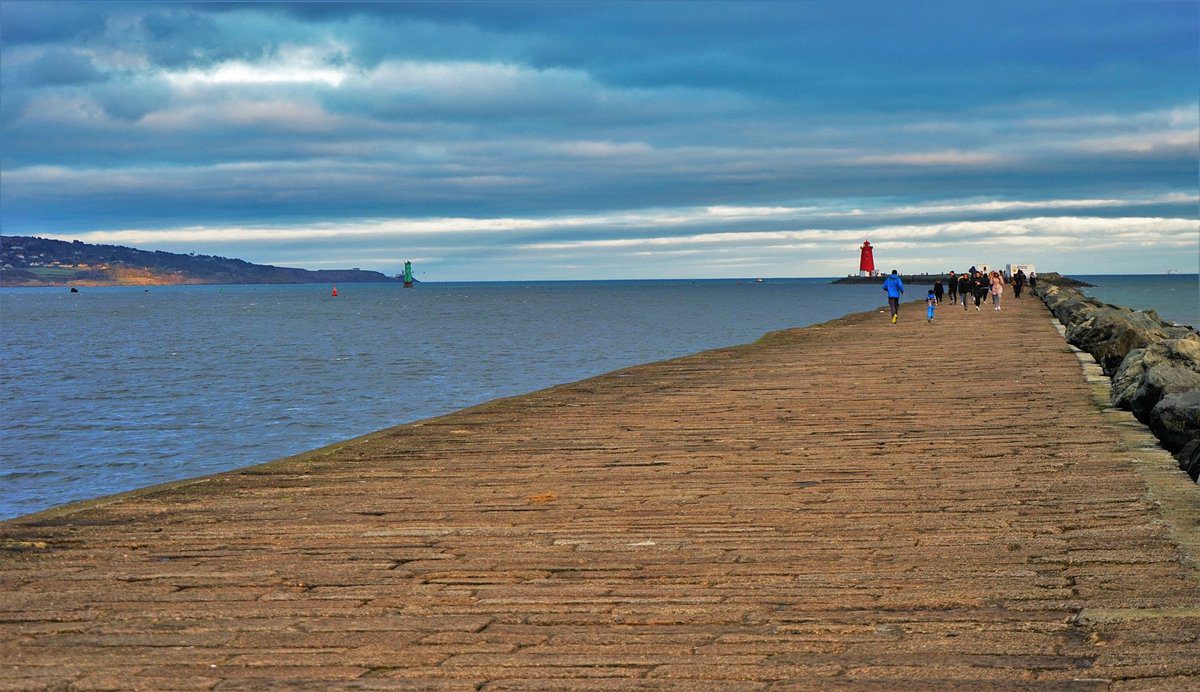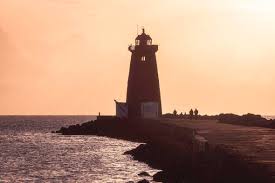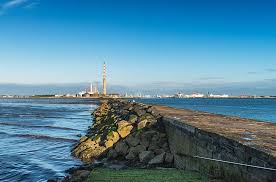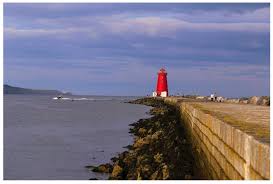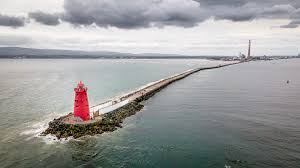Description
The Great South Wall in Dublin is a historic engineering marvel built to protect the entrance of the River Liffey from silting and rough seas. Construction began in the early 18th century, with major stonework starting around 1761 and completing in 1795. At nearly 4 kilometres long, it was once the longest sea wall in the world and remains one of the longest in Europe. Made of massive Dalkey granite blocks, it stretches from the Poolbeg Peninsula far out into Dublin Bay, culminating in the striking red Poolbeg Lighthouse, which has stood since 1820.
Today, the wall is a popular walking destination for Dubliners and visitors alike. The route, though exposed and uneven in parts, offers spectacular views of the bay, the city skyline, and often features seabirds, seals, and even dolphins. Walkers can choose a direct out-and-back route to the lighthouse or combine it with nearby Irishtown Nature Park and Sandymount Strand for a longer coastal loop. The walk is both tranquil and dramatic—especially when the waves crash against the wall during high tide or stormy weather.
Along the way, walkers pass features like the Half Moon Swimming Club and remnants of old sea defences, adding historical interest to the natural scenery. There are no major facilities along the wall itself, but coffee carts often appear near the start, and Sandymount offers nearby cafés for a post-walk treat. Though public transport options are limited, the walk is a unique way to experience Dublin’s maritime heritage and feel immersed in the raw edge of the Irish Sea.
Location
-
Poolbeg Street, Dublin, Ireland
